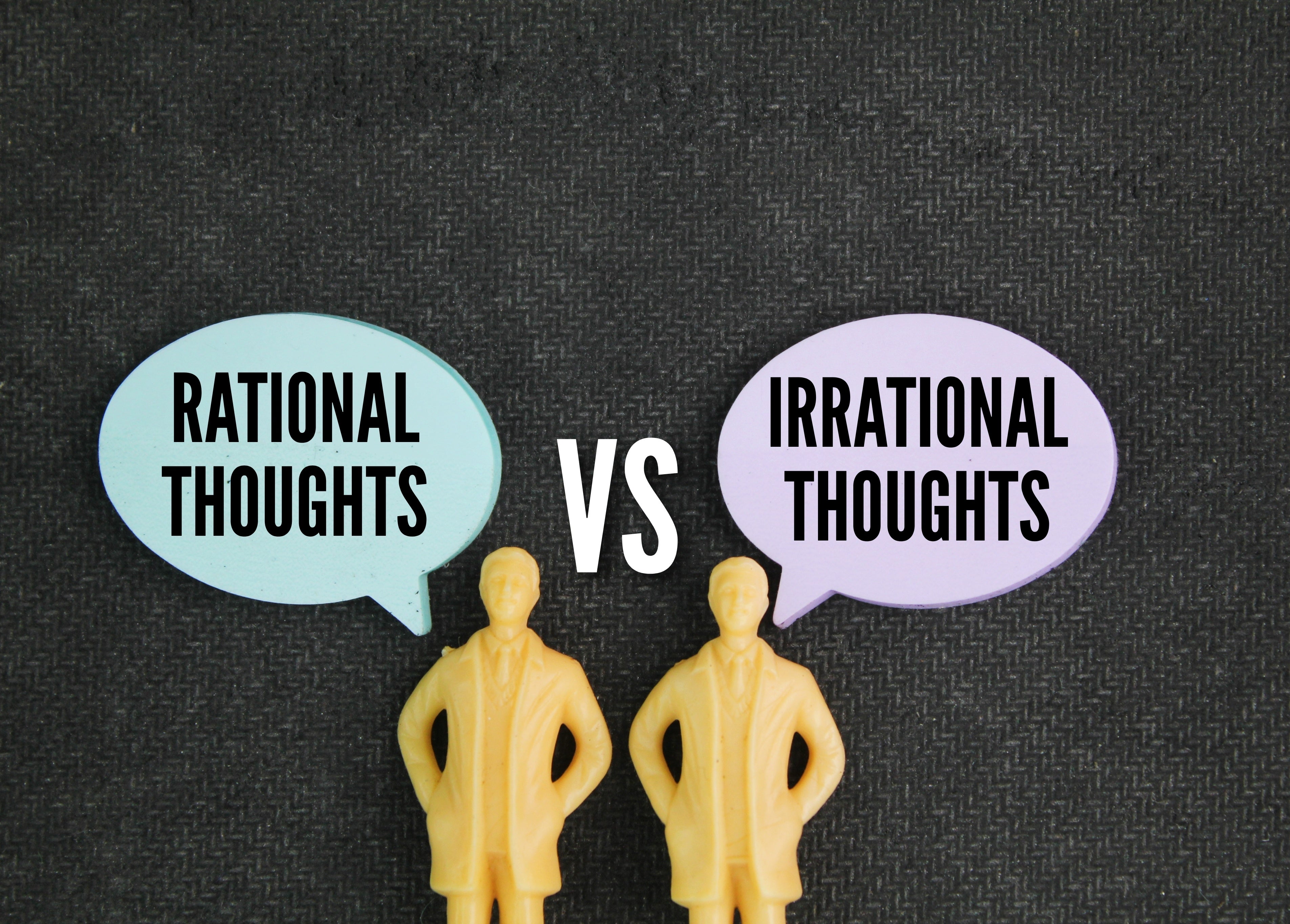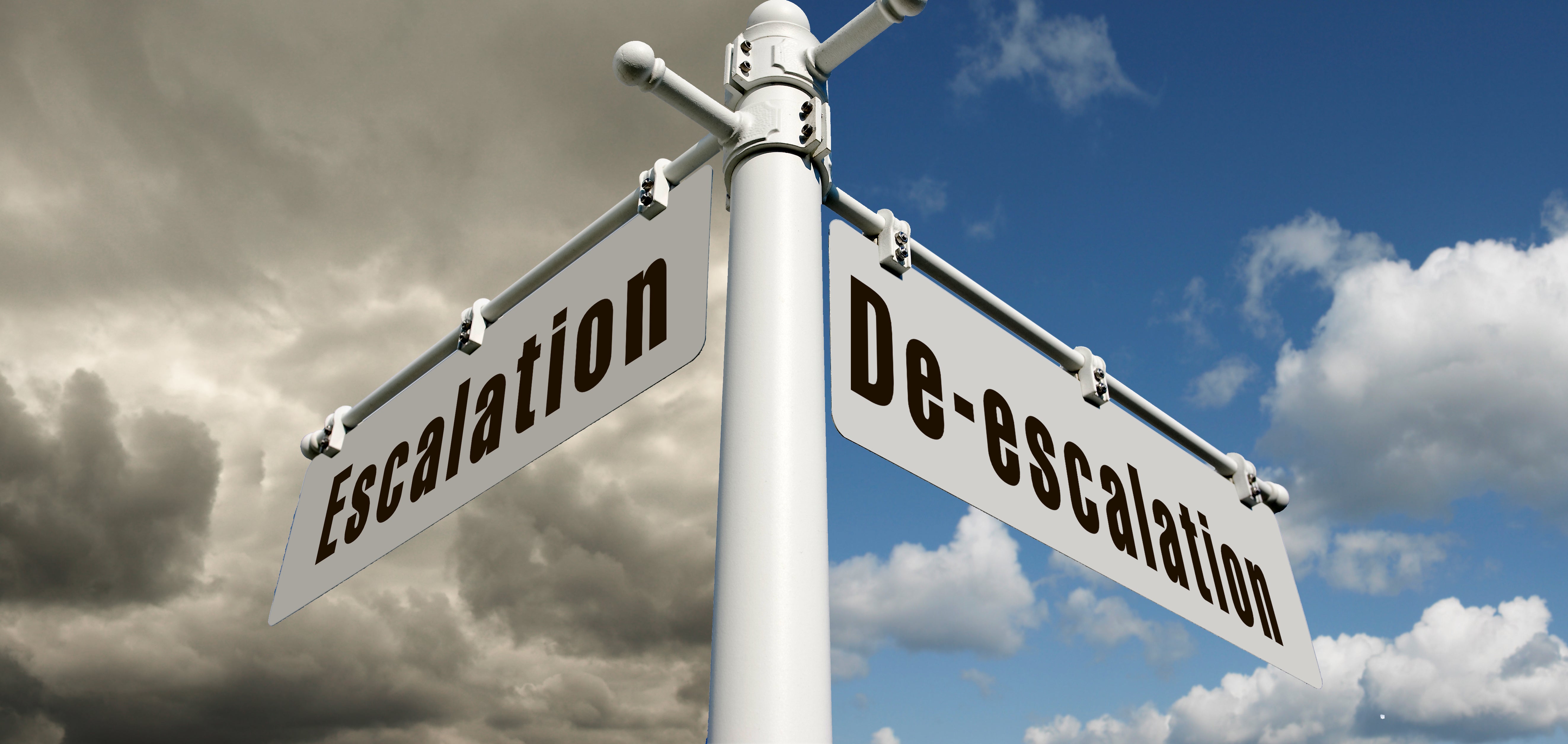De-Escalation and the Emotional Brain: Why Rationality Matters More Than We Think

De-Escalation and the Emotional Brain: Why Rationality Matters More Than We Think
De-escalation is often presented as a universal tool — something anyone can use to defuse tense situations, reduce conflict, or support someone in distress. It's taught in workplaces, schools, hospitals, and community programs. But one truth about de-escalation is often overlooked: it only works when the person you’re trying to calm is capable of rational thinking.
This matters because many real-world situations involve people whose emotions are so intense, they are no longer thinking logically. Understanding the difference between emotionality and rationality — and how they influence behavior — is the foundation of truly effective de-escalation.
Whether you're managing a conflict at work, engaging in a heated conversation, or navigating a tense social setting like a protest or community meeting, recognizing this emotional-rational dynamic is essential to choosing the right response.
Emotionality vs. Rationality: The Core of Human Behavior
At the most basic level, human behavior is a dance between two systems: emotion and logic. When our emotions are low, our thinking is clear. We're open to discussion, negotiation, and reflection. This is when de-escalation strategies like active listening, empathy, and calm dialogue tend to be most successful.
But when our emotionality spikes — especially in the form of anger, fear, shame, or grief — our rational thinking shuts down. This is because, biologically speaking, we shift into a survival state. The brain’s emotional center, the amygdala, overrides the prefrontal cortex — the part of the brain responsible for reasoning, logic, and decision-making. This is known as an amygdala hijack (Goleman, 1995).
In other words, when someone is flooded with emotion, they can’t just “calm down” or “listen to reason.” Their body is in fight, flight, or freeze mode.
What This Means for De-Escalation
This insight has a direct impact on how — and when — de-escalation strategies should be used.
🔹 When Rationality is High:
- People are open to conversation.
- They can evaluate consequences.
- They respond well to logic, explanation, or compromise.
🔹 When Emotionality is High:
- Reasoning fails.
- The person may misinterpret intentions.
- They may react impulsively or aggressively.
- Communication must shift from logical to calming and regulating.
This is why de-escalation isn’t simply about using the “right words.” It's about recognizing where someone is on the emotional-rational spectrum and adjusting accordingly.
Real-World Example: The Heated Workplace Conflict
Imagine a team meeting where two coworkers begin to argue. One person feels disrespected. The other feels accused. Voices rise. Tension builds. At this point, rational problem-solving is no longer possible.
A manager steps in and tries to mediate:
“Let’s all calm down. This isn’t helpful.”
“I just need you both to be professional and talk it out.”
But the conflict continues to escalate. Why? Because both individuals are in a heightened emotional state. Their bodies are telling them they’re under threat — not from physical danger, but from humiliation, loss of control, or perceived injustice. Until that emotional intensity is addressed, rational appeals will fall flat.
A better response at that moment might be:
- Taking a pause: “Let’s step out and regroup.”
- Offering space: “Take five minutes, and we’ll come back to this.”
- Validating emotion: “I can see this has hit a nerve. Let’s slow things down.”
These responses don't try to solve the issue immediately. Instead, they aim to reduce emotionality — the first true step in de-escalation.
The Myth of "Just Talk to Them"
Many people believe that all conflict can be resolved with calm conversation. But that’s only true if the person you're talking to is emotionally regulated. If someone is yelling, crying uncontrollably, hyperventilating, or threatening to quit, they're likely in a state where logic simply won’t land.
This applies to personal relationships as well:
- A partner in the middle of a panic attack is not reachable by logic.
- A teenager in full meltdown mode is not going to hear your advice.
- A friend who’s just been publicly humiliated may not want to hear that “everything will be okay.”
Trying to “talk someone down” when their rationality is offline can actually escalate the situation by making them feel unheard or invalidated.
Group Dynamics: What Happens at Protests or Public Gatherings
Consider the emotional atmosphere at a protest. People show up already charged — motivated by anger, fear, solidarity, or urgency. Chanting, movement, group energy, and even physical discomfort (heat, hunger, noise) raise the emotional temperature.
In these environments, individuals are more likely to act based on group emotion than personal reasoning. Crowd psychology research shows that people in large groups can be swept up by collective emotion — especially if there is a sense of shared identity or perceived injustice.
Trying to have a rational one-on-one conversation with someone in the middle of a protest crowd is unlikely to work. The emotionality is too high, and the person’s focus is more on the collective energy than on individual logic. In these cases, de-escalation requires a broader approach:
- Creating physical and emotional distance.
- Reducing noise or overstimulation.
- Removing triggering language or actions.
- Using trusted messengers who align with the crowd’s values.
What Actually Works to De-Escalate Intense Emotion?
Once you understand that high emotion blocks rational thought, your approach to de-escalation will shift. Here are strategies that actually work in high-emotion scenarios:
✅ Regulate Yourself First
If you are escalated — speaking too fast, breathing shallow, or visibly tense — the other person will feel less safe. Calm yourself first. Use slow breathing, lower your voice, and ground your body.
✅ Offer Space and Time
Sometimes people just need a few minutes to downshift. Silence, pausing, or taking a walk are powerful tools. Time gives the emotional brain a chance to settle.
✅ Use Non-Threatening Body Language
Face sideways (not directly face-to-face), soften your facial expression, lower your hands, and reduce gesturing. Physical presence matters more than words.
✅ Validate Emotions Without Fixing
You don’t have to agree — just acknowledge. Try:
“This clearly matters a lot to you.”
“You’re going through something intense right now.”
Validation helps reduce the person’s sense of threat.
✅ Wait Before Problem-Solving
Don’t rush to fix the issue or explain your side. When emotionality drops, rationality returns — and only then can real conversation begin.
When NOT to Engage
Sometimes the best de-escalation is knowing when to disengage. If someone is:
- Yelling in public,
- Having a panic attack,
- Grieving a sudden loss,
- In a state of intoxication or withdrawal,
- Attempted physical violence
… your job may not be to resolve the issue but to not make it worse. That might mean stepping back, ensuring safety, or getting help from someone trained in crisis response.
Building a Culture of Emotional Awareness
In workplaces, schools, and communities, we often focus on communication skills — but fail to teach emotional regulation. If we want to improve conflict resolution and build safer environments, we need to:
- Train people to recognize emotional escalation.
- Normalize taking breaks before resolving issues.
- Encourage emotional literacy (naming what we feel).
- Support systems that reward patience and presence, not just performance.
Final Thoughts: De-Escalation is About Timing
De-escalation isn’t about finding the perfect script. It’s about meeting people where they are — emotionally. If someone is calm, talk. If someone is emotionally flooded, wait. De-escalation is less about what you say, and more about what you allow — space, silence, and safety.
In our efforts to connect, lead, or support others, we must remember:
People don’t think clearly when they don’t feel safe.
And helping them feel safe — emotionally and physically — is the first and most important step.
References:
- Goleman, D. (1995). Emotional Intelligence. Bantam Books.
- Price, O., & Baker, J. (2012). “Key components of de-escalation techniques: A thematic synthesis.” International Journal of Mental Health Nursing, 21(4), 310–319.
- Compton, M. T., et al. (2014). “Do empathy and psychological mindedness affect police officers’ decision to refer persons with mental illness to treatment rather than arrest?” Psychiatric Services, 65(1), 113–120.






